Bat Killing Disease Flanking Texas
Monday, November 7th, 2016This is Passport to Texas
Discovered 10 years ago in upstate New York, white nose syndrome—a fungal disease that kills hibernating bats—traveled a predictable path.
For the previous 10 years it has spread incrementally. From New York State to the neighboring states; one step at a time in a very predictable way. And then, all of a sudden to have it show up in Washington State was out of sequence.
Jonah Evans is a mammologist with TPW. This year’s discovery in Washington State is the first recorded occurrence of WNS in western North America. Prior to that, researchers predicted the disease would eventually reach the western states by way of the Texas Panhandle.
In some ways I like to think of it as the enemy has flanked us. We had clear battle lines drawn. We knew which direction the enemy was advancing. And all of a sudden, it’s coming from behind us as well. It’s definitely not encouraging. It’s actually quite alarming in the bat and white nose research communities.
While researchers do not know for sure how the disease got to Washington, many suspect it may have been transported by people. So, prevention starts with cavers.
Especially people who are frequent cavers who might go from one spot to another and then travel to another state, and go into multiple caves. We’re really encouraging caving communities and other people going into caves to be really cautious and to use decontamination whenever they can.
Find a link to decontamination protocols at passporttotexas.org.
The Wildlife Restoration program supports our series.
For Texas Parks and Wildlife…I’m Cecilia Nasti.
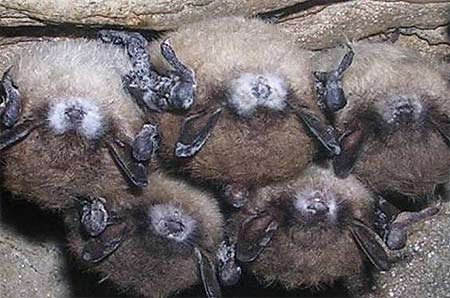

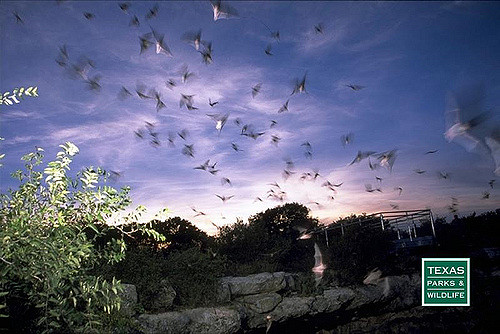
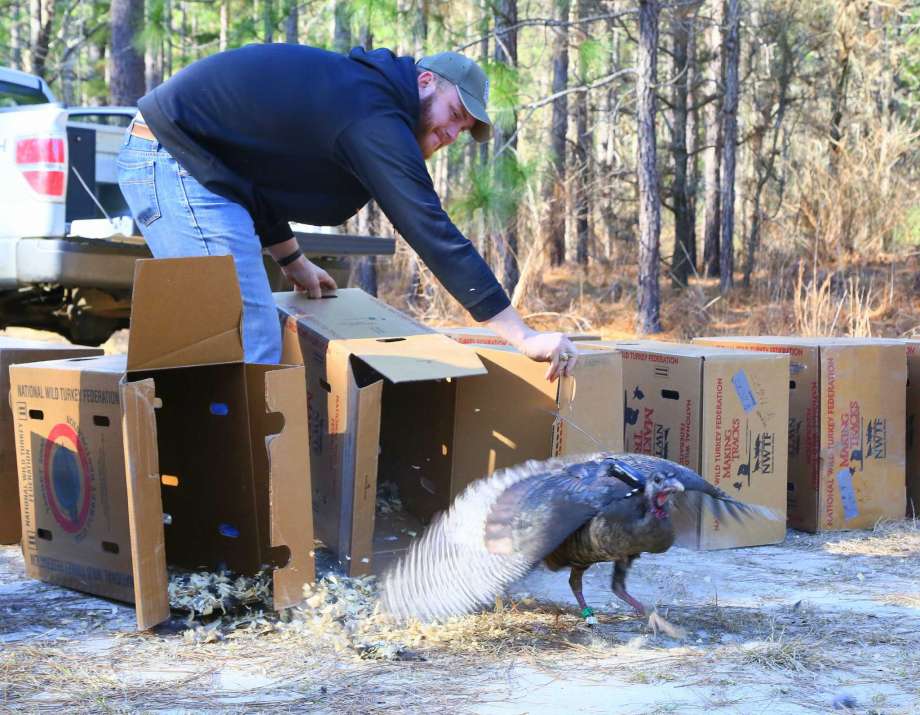
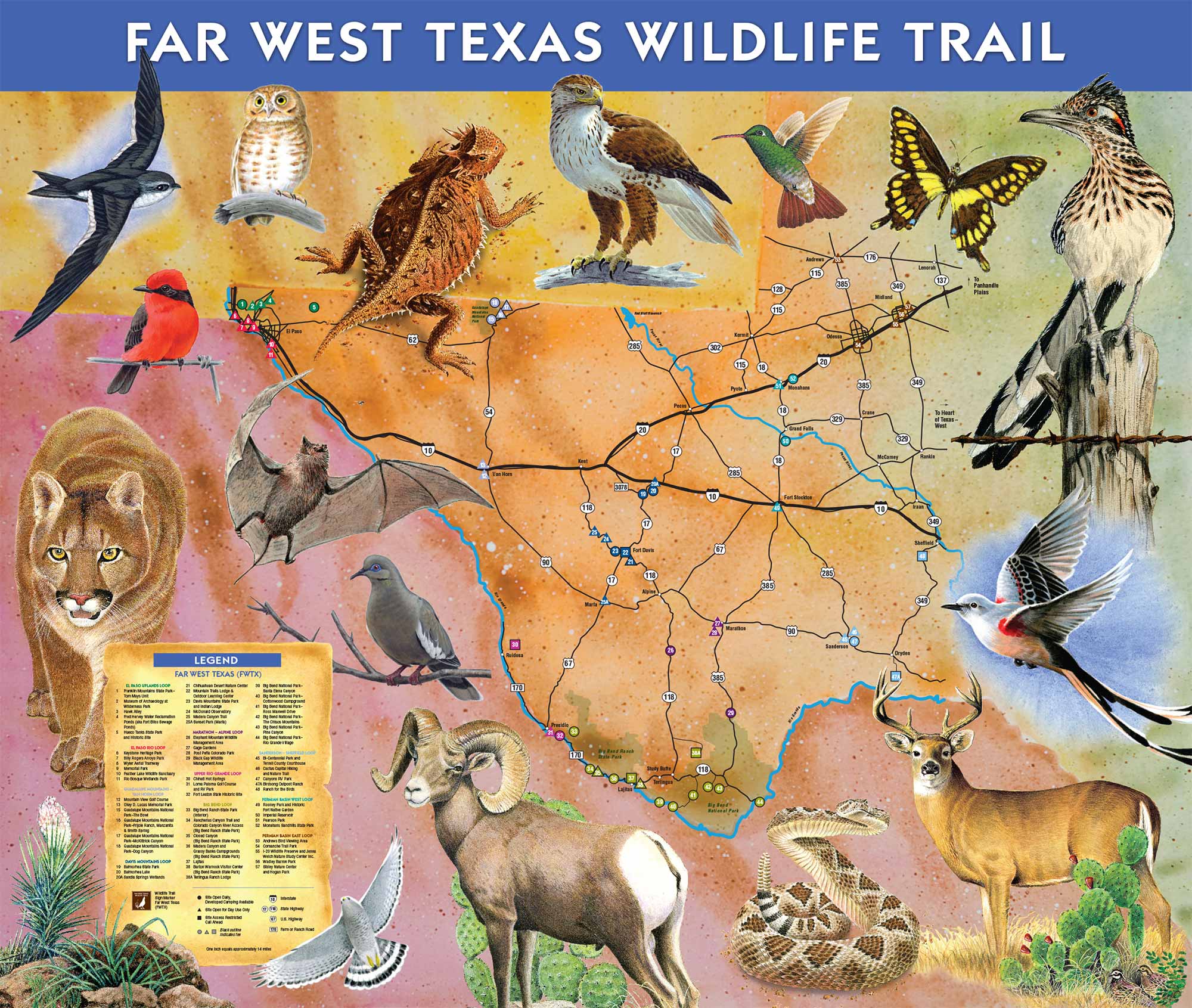
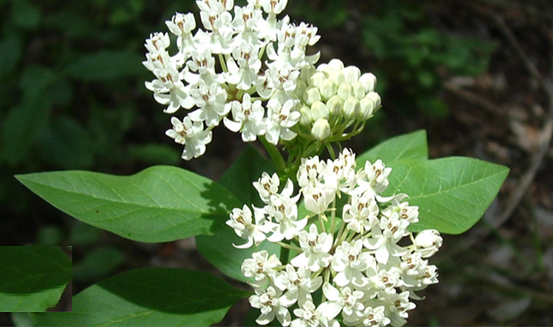

 Passport to Texas is a
Passport to Texas is a  Passport to Texas is made available by:
Passport to Texas is made available by: